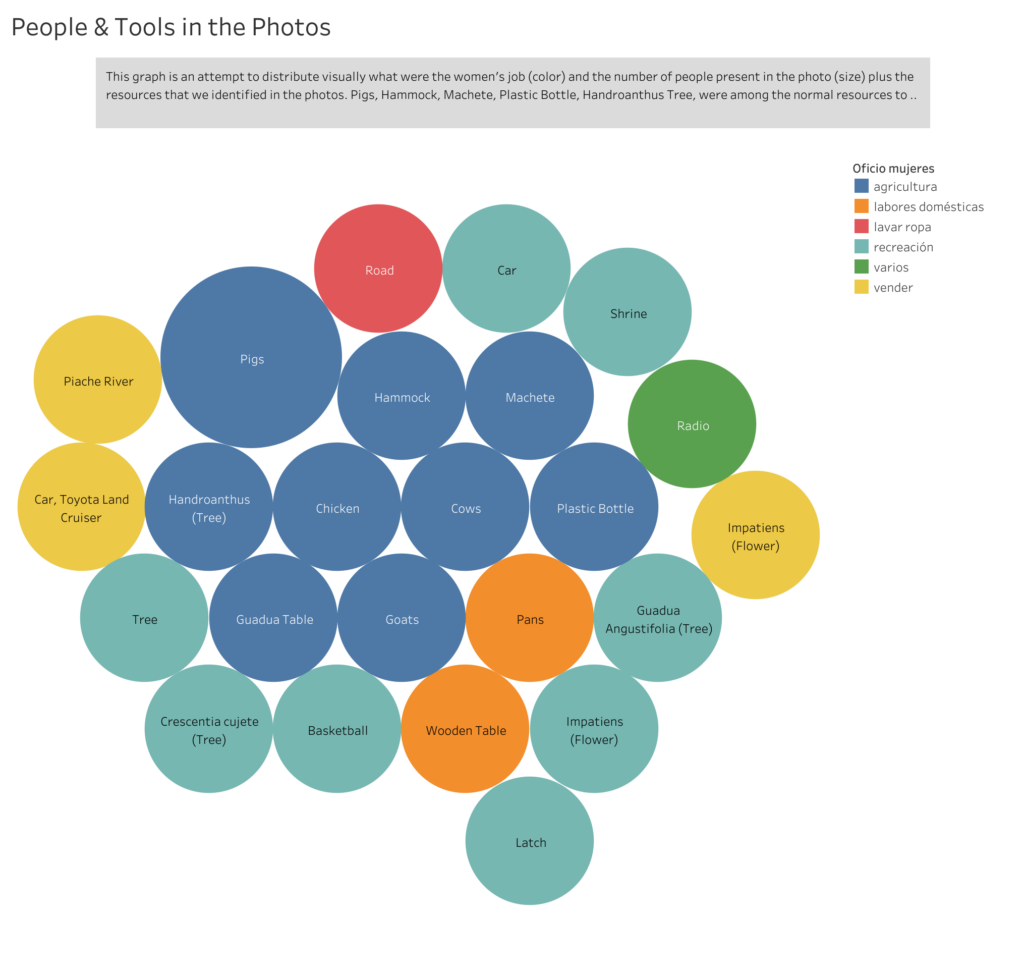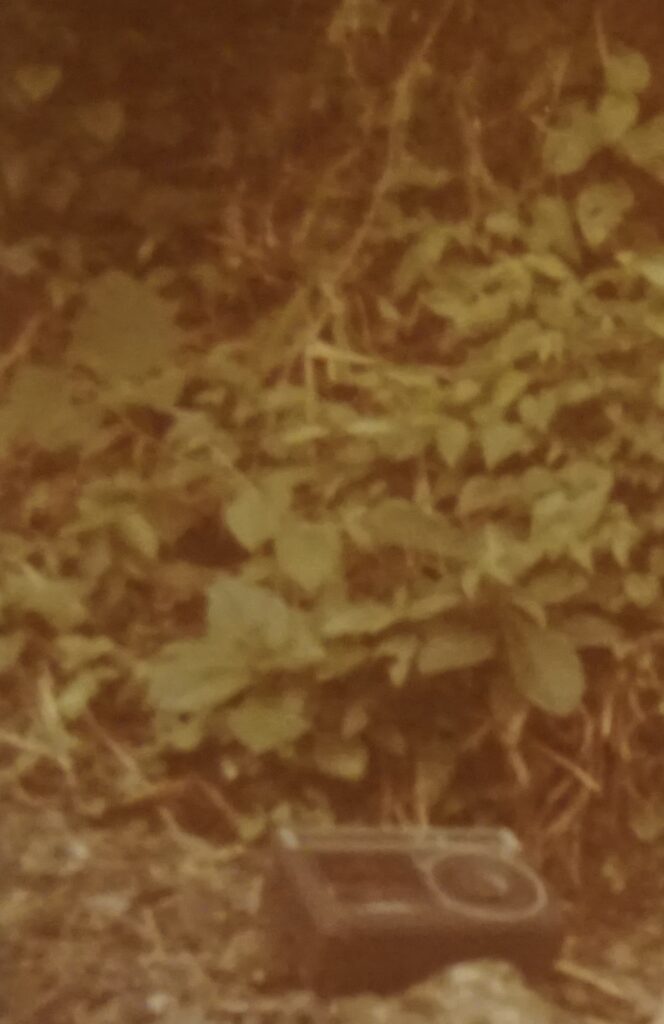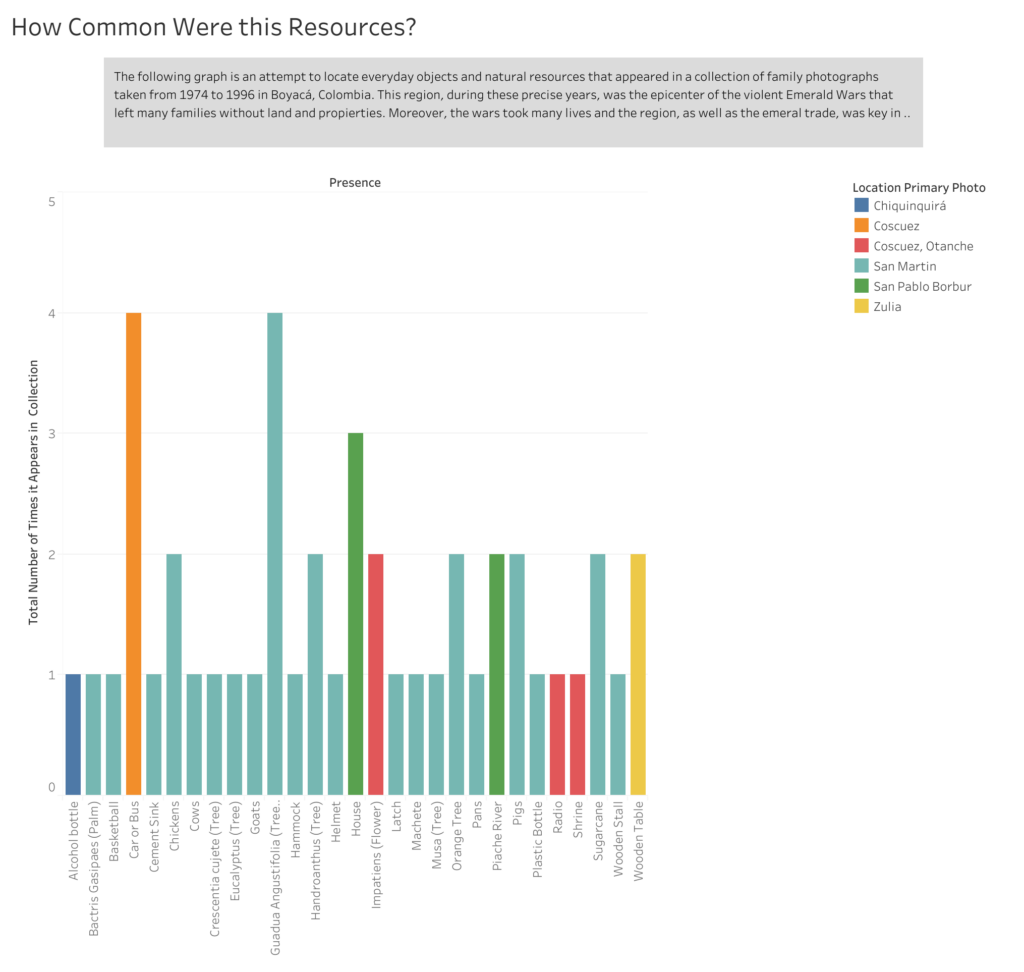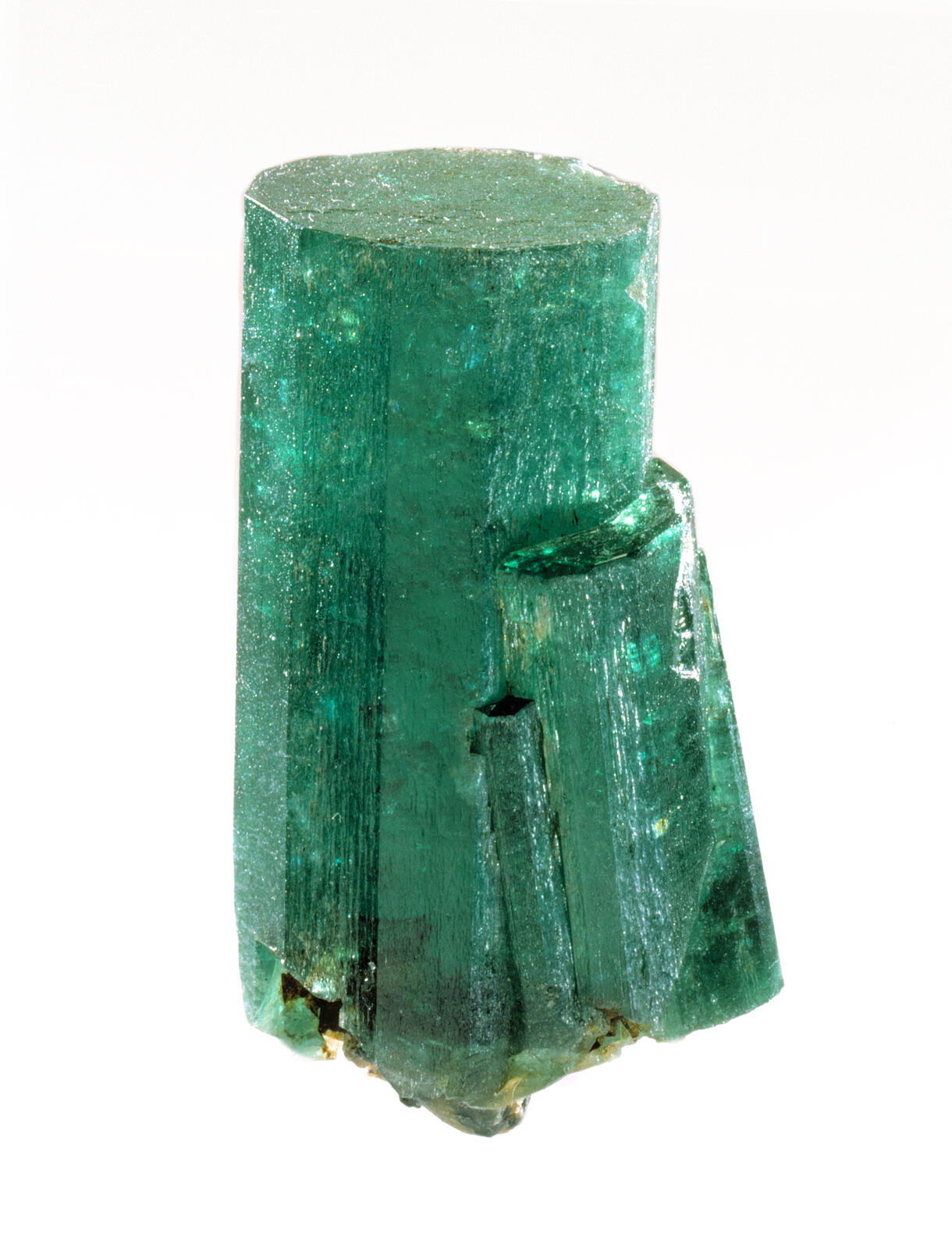
While I was reading Johana’s Drucker piece “Humanities Approach to Graphical Display” (2011) I kept thinking about what it would entail or how would it look to create an affective display of information –that is, a graphical space where a reader not only encounters a relational and semantic set of information, but a graph that also produces an effect, a bodily response, a graph that has an affective outcome[1]. She discusses this with the example of the display of time vs. anxiety. In one graph, time is its own independent variable, quantified by hours, which is contrasted with “mood”. There’s (as usual) a line that records the ups and downs of what one assumes to be a person response to a particular event.
But, on the other graph, time is not a rigid set of hours but rather is seen as “perceived time”, precisely because anxiety states change or disturb how time is experienced. With this humanistic approach one can appreciate in the graph how the two variables are not constant and predictable entities; actually, they are embedded in a messy relationship constantly affecting one another in a non-linear direction. This is very important since at the root of our realistic ideas of time and space there’s the assumption that phenomena in the world is made up of data ready to be collected by an observer-independent subject. Drucker argues that a humanistic approach to graphical information challenges this assumption and instead promotes the idea that world phenomena appears as capta embedded in complex and chaotic networks which in turn are interpreted by “observer-codependent” subject. Furthermore, this interpretation act is “characterized by ambiguity and uncertainty, as the bases on which a representation is constructed”. Therefore, a graphical space with a humanistic approach should label temporality as a ‘factor of X’ –X = perceived constructed capta that influences a perceived ‘temporality’, just like anxious states affect how time passes by on a given particular ‘moment’ by a particular individual.
To explain the codependency of the observer and capta she mentions Werner Heisenberg and his theory of uncertainty and explains that the relationship between phenomena and observer is not equal in measure but nonetheless its affected by it:
“Phenomena and their observers are co-dependent, not necessarily in equal measure. A viewer gazing on a sublime landscape or recording migrations at a large scale may be more affected by the phenomena than the phenomena is by the observation. Theoretical physicist Werner Heisenberg never suggested that the relation of intervening observer and effect on phenomena were symmetrical, merely that they were codependent, when he introduced the concept of uncertainty in the early 20th century”
Drucker, 2011, pg.5
All of this seems to be extremely relevant and resonates deeply with how, when, and why I did this visualization assignment. Or, rather, tried to do this assignment. I divided my exercise in three objects or capta that I’m currently chasing: my Abuela’s tools from a series of families photographs taken between 1970 and 1996 in Boyacá, Colombia; an emerald (perhaps groups of emeralds) that I’ve never seen but one of which currently lives at the American Museum of Natural History and was extracted from a mine located in the same territory where my Abuela was born and raised, and last but not least my Red Bike that was stolen outside of the Graduate Center Library while I was doing all of this. I think I would like to bring this three capta in place at the same time here, to follow Donna Haraway’s idea of multispecies storytelling and the necessity of a codependent observer looking deeply and interacting with the knottings – all of those entanglements that are produced in these complex webs of relationship building and world-making occurring not just wiht other human beings but rather with all capta that we perceive, affect and are affected by [2]. Perhaps is like Octavia Butler said:
“All that you touch you change. All that you Change changes you”…
I. Abuela’s Tools

There’s a family collection of 25 photographs taken between 1974 and 1996 around one of the most important sites of emerald extraction in the world, Boyacá, Colombia which happens to be the place were my family is from. I’ve collected the photographs in Omeka and organized them according to ambiguous criteria that came up while doing interviews and asking about the photos. This criteria was selected by the individuals in the photos, as well as the name and the date. I’ve recorded information about location, number of people that appear in the photo, dates, what were the women’s job at the time/temporality of the photo (which I grouped according to certain categories, see below) objects present in the photo and natural resources identified by the individuals present in the photo. Finally, I also grouped what kind of ‘scene’ these photos where depicting, or rather, what kind of landscape, which was also something that came up while doing the interviews. The collection of photos were taken casually sometimes anonymously and without any clear intention other than personal/family documentation. However, within the larger context of Colombia’s history the photos take an important role and are part of an oral memory exercise that could (I hope) visualize the transformations that occurred in the region as the farmers were abandoning the traditional forms of labor, mainly agriculture, in favor of the mine work and the rush of the emerald extraction.
Ambiguos Criteria – Objects, Women’s Labor and Landscapes


With this “Ambiguos Categories” it could be interesting to explore (if there was more capta/photos available in the collection or even better from other’s people collection) how/when/where the radios were used, in what type of scenes, who used to own this kind of object in the region and with what frequency was seen. Also, very important, dates in which it started to be more frequent.

II. The Unseen Emeralds
The other side of the story of how some objects or natural resources were abandoned within this context in favor of other kind of resources and objects is part of a wider history of emerald extraction in the world. As it is normally the case with many natural resources, the ten most famous and priced emeralds of the world are not in the hands of the people of the region originally taken from. One of this emeralds, comes from the Chivor Mine (Boyacá, Colombia) and currently lives in the American Museum of Natural History in New York. How did it got there? Who “donated” it? And under which circumstances? Are all very interesting and important questions not just for a humanistic approach to capta, but also for a decolonization of museums.

Patricia Emerald

III. NYC Open Data on Bikes…
I had too many problems trying to come up with visualization using this photograph collection. So, given the situation in which this work got interrupted: my bike being stolen, I decided to use NYC Open Data on Bikes.
To be continued…



